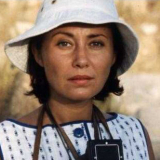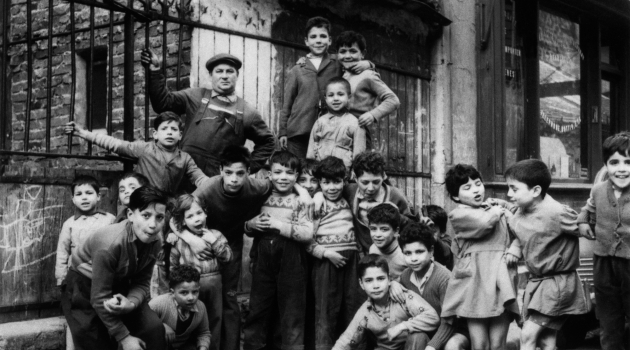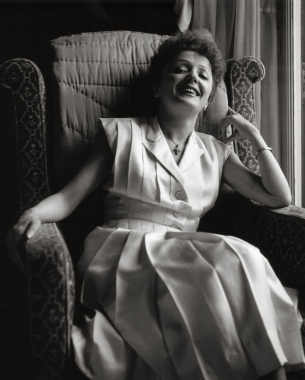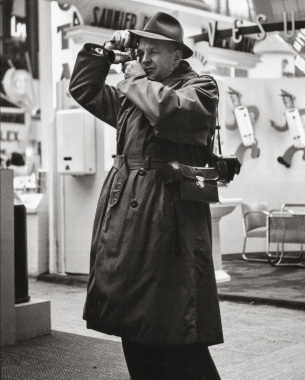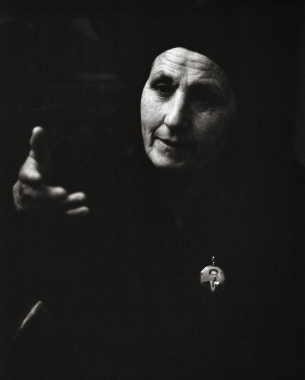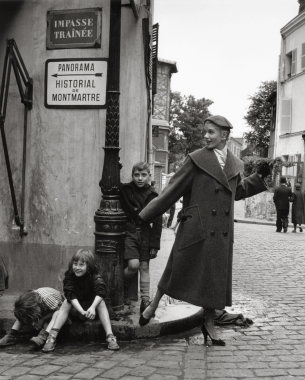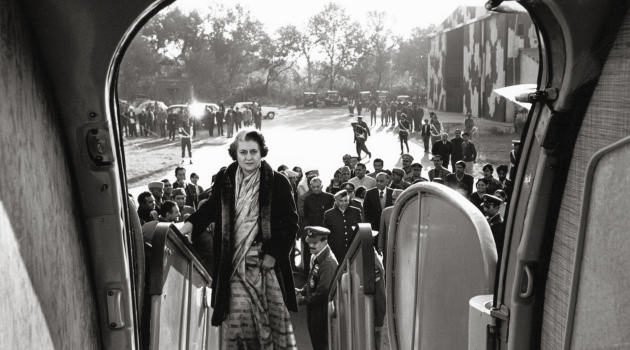I was five months pregnant with my daughter at the time and had to spend several weeks in bed recovering from the rough journey home. Not long after Lina was born, my then husband, who was a British foreign correspondent, was posted to Italy and so we left Paris for Rome. There I met quite a few artists and intellectuals, including the writer and painter Carlo Levi. He introduced me to a very interesting lady, Francesca Serio, who became one of my heroines – I have a few! She was an illiterate peasant and the first person to bring the Mafia to trial, for the murder of her son. I photographed her in my apartment and it’s one of my favourite portraits, because what she stood for shines through. I later travelled to Palermo for the trial but somehow misloaded the film, so I didn’t get a single picture of those men in a cage in the courtroom.
We then moved to Lebanon, where a local publisher asked me to do a book of photographs to promote the country as a tourist destination. I travelled extensively, recording everyday life, and because the results weren’t the Fifth Avenue or rural idyll-style pictures he’d wanted, he wouldn’t publish them. Many years later, a friend of mine showed the dummy to the Lebanese writer Mai Ghoussoub, who was co-founder of Saqi Books in London. Mai looked at the photographs and said, “This was my childhood.” And that’s how it finally came to be published in 1998, as Silent Stories: A Photographic Journey Through Lebanon In The Sixties.
During my husband’s next posting, in New York, I decided not to work while we were there because my daughter was starting school and it was all just too complicated. Instead I had a nice life shopping and watching Greta Garbo. She lived not that far from me on the East Side so I would see her in the street, and because I was furnishing my little apartment I would often go to Bloomingdale’s, which I adored, and she always seemed to be there at the same time. In the mid-1960s my husband was posted to the Soviet Union. I’d been told it wasn’t a good place for a woman with a camera. The marriage was on the rocks by then, so we separated – he went to Moscow, and Lina and I to London.

